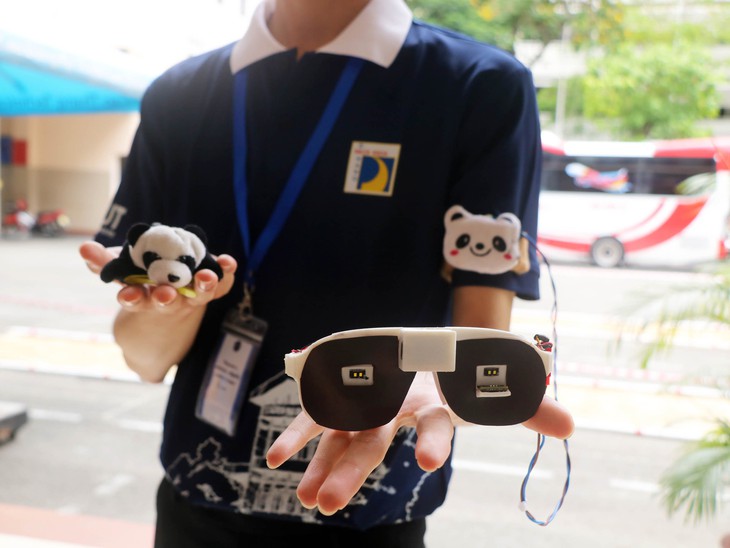
A set of equipment to support visually impaired students designed by a group of students from the University of Technology (University of Danang ) - Photo: TRONG NHAN
Friendly to blind students
The StepConfidence device for visually impaired students by a group of students from the University of Technology (University of Danang) is one of the outstanding projects, highly appreciated at the Engineering Projects in Community Service (EPICS) program organized by Dow Vietnam and Arizona State University (ASU) at Cao Thang Technical College on the morning of April 11.
This is the 7th season of the program, attracting 21 student groups of 113 students from leading technical universities in Ho Chi Minh City, Da Nang, Can Tho and Hanoi to develop STEM application solutions to solve community challenges.
Student Phan Le Quynh Anh, a member of the StepConfidence project, said that through the survey, the group found that some visually impaired students intentionally hid their walking sticks because they were afraid of being judged by people around them.
The product designed by the team is the StepConfidence travel device set, consisting of two main parts: obstacle detection glasses and a personal item locator accessory set.
Student Nguyen Van Hoang Long presented smart glasses as the central device, integrating two sensors and a vibration motor.
When it detects an obstacle such as a wall, person or low object, the motor will vibrate to signal.
The team describes the glasses design as being optimized to suit young students: easy to wear, compact and "very cute", helping them feel comfortable and not "different" when using the product.
The second big selling point of the product is the finder. These are little blue clips that can be attached to backpacks, pencil cases, or keys. Inside are circuit boards, batteries, and speakers.
When the user presses the control button, the device will emit a sound, helping to locate objects within a range of up to 9m, far exceeding the original requirement of 5m. This feature is evaluated by the group as "helping children no longer fear losing things, just one button is enough to find them immediately".
The student group shared that during the implementation process, the group also faced many technical challenges, especially when integrating sensors so that the device can accurately identify obstacles in many different forms.
Fixed surfaces like walls are easy to handle, but with soft objects like moving people or small objects the accuracy drops slightly.
In addition, ensuring the device operates stably in the rain is also a problem that the team must verify in practice. However, the testing sessions have given positive results, exceeding expectations in terms of operating distance and obstacle recognition ability.
Dr. Nguyen Thi Anh Thu - Deputy Head of the Faculty of Advanced Science and Technology , University of Science and Technology (University of Danang) - said that a big challenge of this project is not in the technology but in correctly identifying the needs of users, in this case, visually impaired students.
The group of students met with many visually impaired students to realize the need for a product that was not only effective but also beautiful, thereby helping visually impaired students feel less self-conscious.
As a result, a test on design aesthetics was also conducted, with 20 sighted and visually impaired students participating in scoring. The average product scored 4.6/5 points.
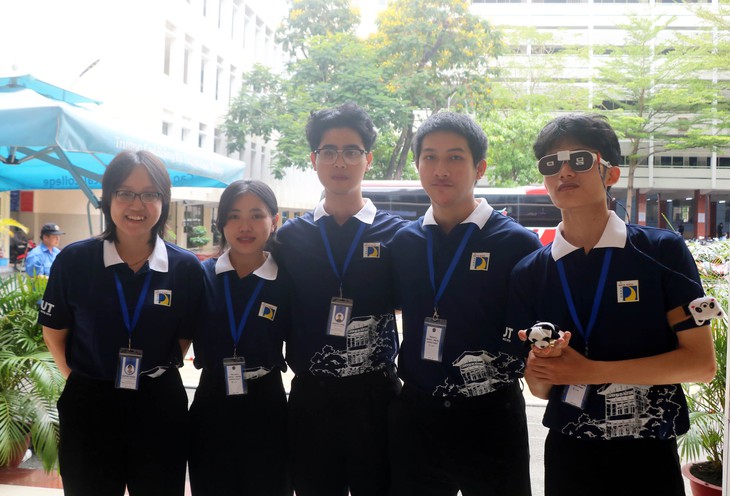
Group of students from University of Technology (University of Danang) - Photo: TRONG NHAN
Many creative projects for the community
EPICS is a design-based, service-learning program in which student teams collaborate with community organizations to design, build, and implement solutions to real-world social problems.
Over five months, students experience the entire innovation process, from idea generation to prototype testing, while honing project management and professional communication skills.
In EPICS season 7, projects focus on issues such as access to clean water, sustainable agriculture, assistive technology for the elderly and people with disabilities, waste management, and raising public health awareness.
Another interesting student product is the automatic forest fire monitoring and warning system by a group of students from Can Tho University, targeting vulnerable communities that lack access to modern fire prevention technology.
The project uses sensors to measure temperature, humidity and smoke, connected to a central gateway to transmit data and issue warnings when there are signs of fire.
The device runs on solar energy, operates 24/7, and can be flexibly deployed in complex mountainous terrain. Each sensor module covers a radius of 1km, with production costs ranging from 500,000 - 1 million VND, a suitable price for practical replication.
The team conducted field tests, including testing sensitivity to high-temperature objects and forest environmental conditions. The results showed that the system is capable of providing fast and accurate warnings, suitable for areas without fixed monitoring infrastructure such as cameras or satellite stations.
Although there are still some limitations such as not integrating cameras to distinguish between domestic smoke and forest fire smoke, the system still shows great potential in becoming a cheap, easy-to-deploy early detection and warning solution for forest fires, especially in places where "one minute of early warning can save the whole forest".
Source: https://tuoitre.vn/sinh-vien-lam-thiet-bi-ho-tro-hoc-sinh-khiem-thi-di-duong-vua-tien-vua-de-thuong-2025041113522851.htm



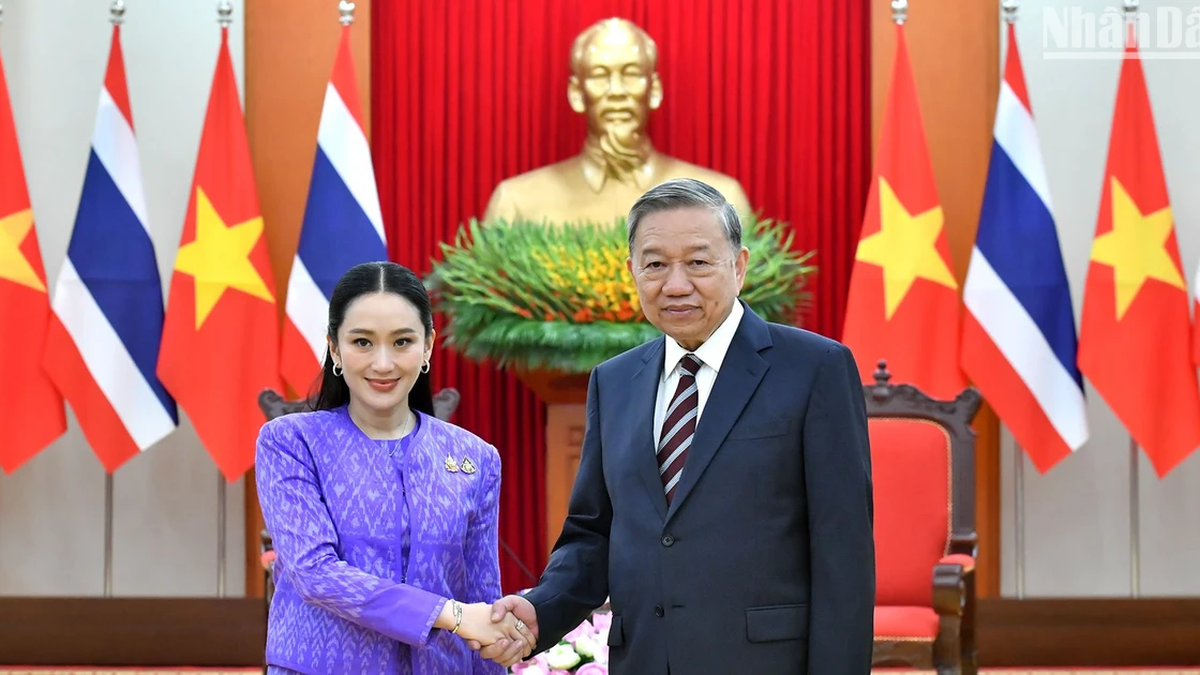


![[Photo] President Luong Cuong receives Prime Minister of the Kingdom of Thailand Paetongtarn Shinawatra](https://vphoto.vietnam.vn/thumb/1200x675/vietnam/resource/IMAGE/2025/5/16/52c73b27198a4e12bd6a903d1c218846)
![[Photo] Prime Minister Pham Minh Chinh and Prime Minister of the Kingdom of Thailand Paetongtarn Shinawatra attend the Vietnam-Thailand Business Forum 2025](https://vphoto.vietnam.vn/thumb/1200x675/vietnam/resource/IMAGE/2025/5/16/1cdfce54d25c48a68ae6fb9204f2171a)
![[Video] The 4th Nhan Dan Newspaper Innovation Award Ceremony in 2025](https://vphoto.vietnam.vn/thumb/402x226/vietnam/resource/IMAGE/2025/5/16/379ee42188794a1eb840d2ca52f3e71d)

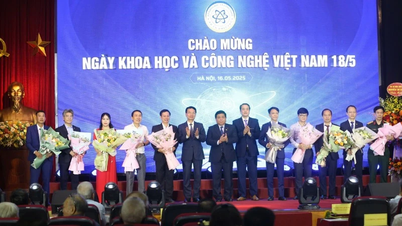
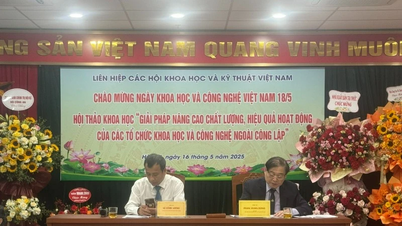
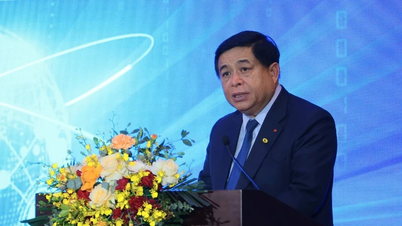
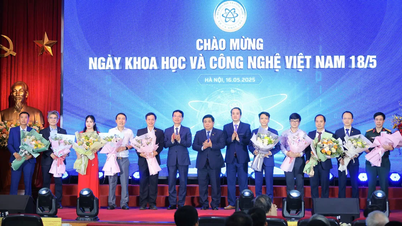

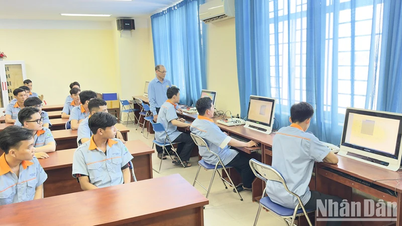




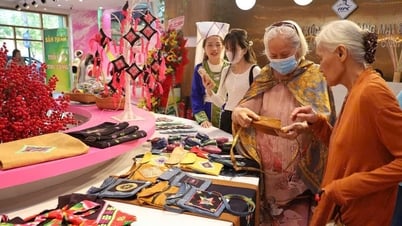

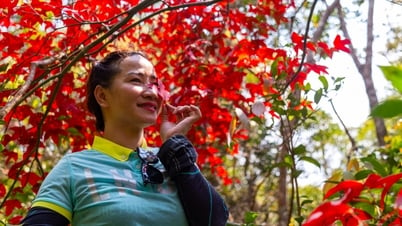



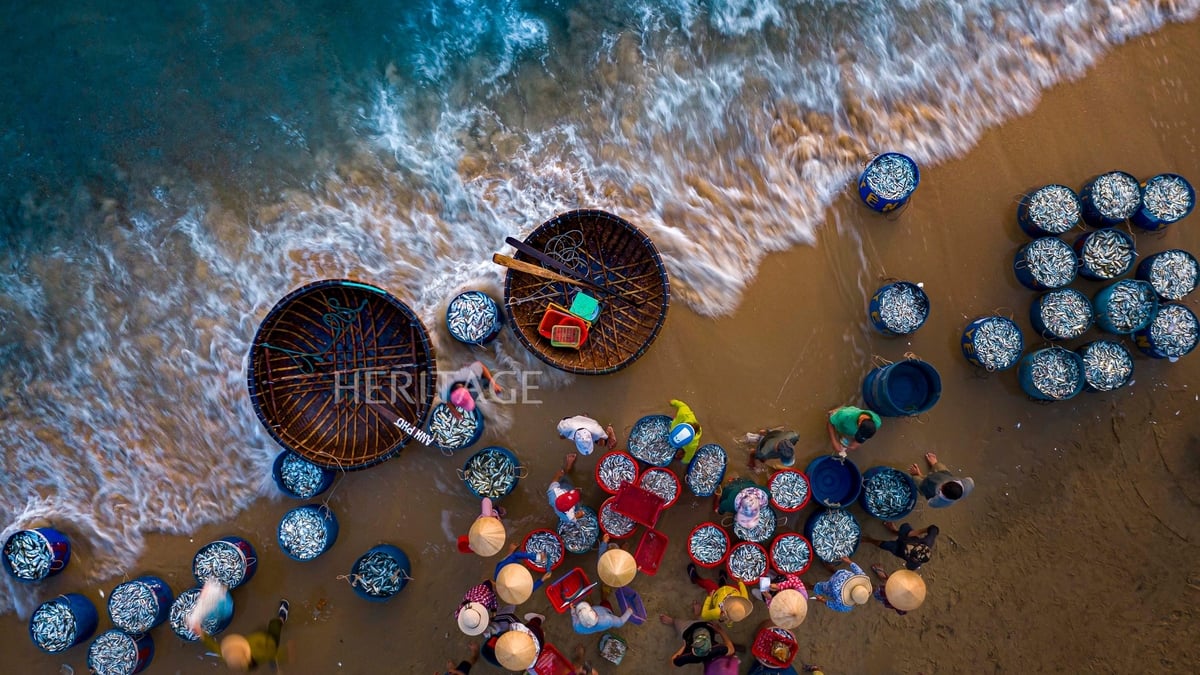
![[Photo] The Prime Ministers of Vietnam and Thailand witnessed the signing ceremony of cooperation and exchange of documents.](https://vphoto.vietnam.vn/thumb/1200x675/vietnam/resource/IMAGE/2025/5/16/935407e225f640f9ac97b85d3359c1a5)




































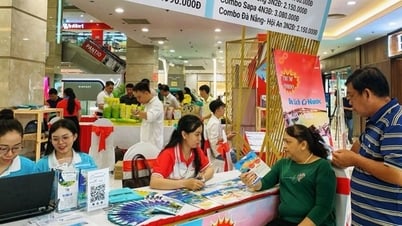

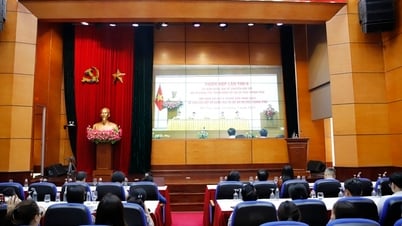
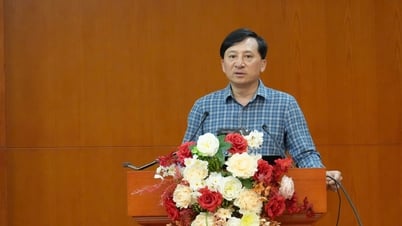






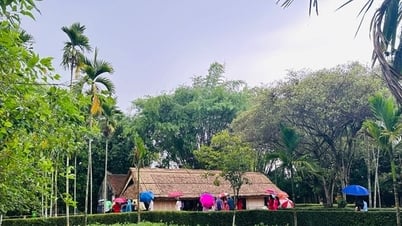

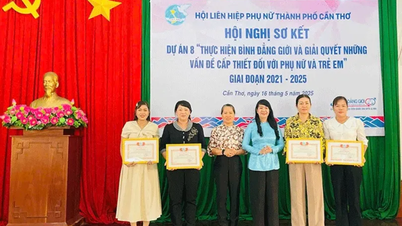

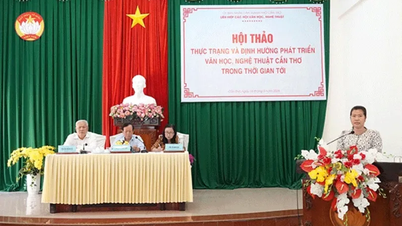
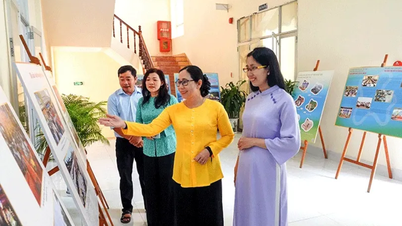









Comment (0)